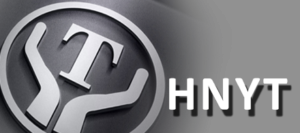What speed regulation method should coal mine choose when purchasing underground mining locomotive?
What speed regulation method should coal mine choose when purchasing underground mining locomotive?
When procuring underground mining locomotives for coal mines, selecting the appropriate speed control method is crucial for safety and efficiency. With three speed control options available for underground locomotive, namely resistor speed control, chopper speed control, and frequency conversion speed control. It’s important to determine whether there are specific limitations or preferences for coal mine applications.
Firstly, let’s explore the three speed control methods for underground mining locomotives:
1. Resistor Speed Control: This method adjusts the speed by changing the resistance value, resulting in stepped speed control. However, it poses safety risks due to sparks generated during operation and consumes more energy, potentially reducing the battery’s range.
2. Chopper Speed Control: Chopper speed control offers stepless speed regulation by controlling the current magnitude. It is safer and more energy-efficient compared to resistor speed control.
3. Frequency Conversion Speed Control: This method involves converting direct current (DC) into alternating current (AC) and adjusting the frequency of the current to control the locomotive’s speed. It offers seamless speed regulation and is both safe and energy-efficient.
Considering the unique challenges and safety requirements of coal mines, it’s recommended to opt for chopper speed control or frequency conversion speed control for underground mining locomotives. These methods offer smoother speed adjustment, greater energy efficiency, and reduced safety risks compared to resistor speed control. By prioritizing safety and efficiency, coal mines can enhance operational effectiveness and mitigate potential hazards associated with speed control methods.







